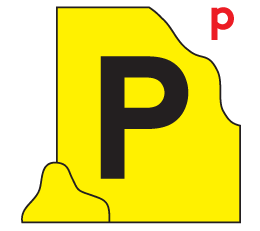
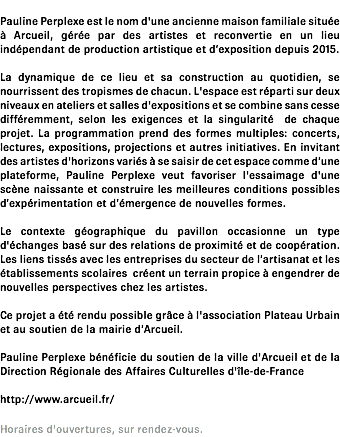




Résident*e*s actuel*le*s:
Willie Brisco
Florent Dégé
Adrien Genty
Romain Grateau
Claire de Pimodan
Josselin Vidalenc
Ont été résident*e*s:
Pauline Barzilaï
Nina BernagozziJean-Alain Corre
Liv Schulman
Prime Time
Une exposition de Sophie T. Lvoff
organisée par Guilhem Monceaux
Sur une invitation de Claire de Pimodan
Du 13 au 29 janvier
À Pauline Perplexe
Vernissage de l’exposition Prime Time
et lancement du premier numéro de The Prime Times
(publié par cry mimi cry, 2023)
vendredi 13 janvier à 18h
Finissage et lancement du nouveau chapbook de Sophie T. Lvoff,
Barking Up the Wrong Tree (publié par How To Become, 2023)
Le dimanche 29 janvier de 15h à 17h
*
12/31/2022
A letter to the Editor of the Prime Times
Dear Editor,
As I am writing from a train I am thinking of what Prime Time could have been. I’m waiting for the moment when the barista will
announce the menu on the loudspeaker, and will be followed by a short concert of Sophie T. Lvoff’s new band. Only I’m in a Ouigo train and there is no restaurant car here. This is only possible in a TGV or Inouï train, which were too expensive for this trip. It makes me think of the crushing weight of the low economical scale in which we are operating. Of the amount of time and money we would need to turn great ideas into art. This amount seems hard to reach even as you climb to higher scales. Almost as if the problem was not about the size but about the art system in itself…
Imagine if we had unlimited budget. Sophie could have rented a room at the Plaza Hotel in Manhattan, maybe the same one Simone de Beauvoir spent the evening in smoking marijuana for the first time. Sophie could smoke there too, look at the window and at the room, and take pictures. She could think about Dorothea Hale who killed herself a few buildings next to the Plaza in the 1930s. She jumped from a window at the 16th floor of the same building Sophie grew up in decades later. Have a look at Frida Kahlo’s commemorative painting of this event on Google. You will be able to see a fragment of what Prime Time could have been. About one way to tell stories.
As I am getting closer to the station in Nîmes, I’m thinking of the short stories dispensers that you can find in some train stations around France. It was suggested at some point that we could use these machines to print Sophie’s notes from her upcoming chapbook. They would be available in the exhibition space, visitors could press a button according to the reading time they want to invest (3, 5 or 10 minutes), and a few poems and remarks would come out randomly. If you were lucky, you might get the story where Sophie met a TGV barista who may or may not have suggested she could use the train loudspeaker to sing with her band. Whether the concert exists or not, the story is already there, in writing. A photograph of a train might also appear, building more and more elements of a possible dream story coming true.
Building the dream code.
At the moment of the opening of the show, Prime Time took the form of a newspaper, mixing together studio photographs, notes from the chapbook and drawings. I think it makes sense to use such format. Even if it is not a daily newspaper, it is still a strong reminder of what is happening at the moment where the journal is published. It allowed me to write to you in this open letter. Looking at the studio pictures, we can see very clearly how time and space affects the objects assembled by the artist in her studio. We can imagine Sophie sitting in one place for several hours, keeping an eye on the ray of light. Waiting for the moment in its course when it will hit the colored gel, and highlight a shell or a bottle on the backdrop. And press the button.
Prime Time seems to be about the time we are able to perceive what is unfolding in color and black and white. It is not the best or the worst time. It is all the combined elements that make this moment possible and what happens in between the beginning and the end of this moment. It is also – I think – very much about the tools used to capture that present time. If a photograph is the most commonly used metaphor for this action – I could say it is also a cliché and then I would still be talking about photography – here it goes hand in hand with writing. As in her Italian diary*, Sophie T. Lvoff’s notes can be read as alternative images that carry a different texture and complexity.
Dear Editor, this letter is the outcome of different possible versions of a text that would accompany the exhibition and the newspaper that exist today under the name of Prime Time (or the Prime Times for the newspaper). Previous versions of this text have been proposed, criticized, edited, and transformed into what you are reading now. This open letter is the format that was possible to publish at the moment it was published. So, even if it sounds factual, this was the only way I could address the transformation of all our exchanges in the previous months. Address the invisible discussions that I was thrilled to take part of in the making of Prime Time.
Thank you, dear Editor, for your time and attention.
All the best,
Guilhem Monceaux
*Sophie T. Lvoff, The Panama City Papers, 2018.
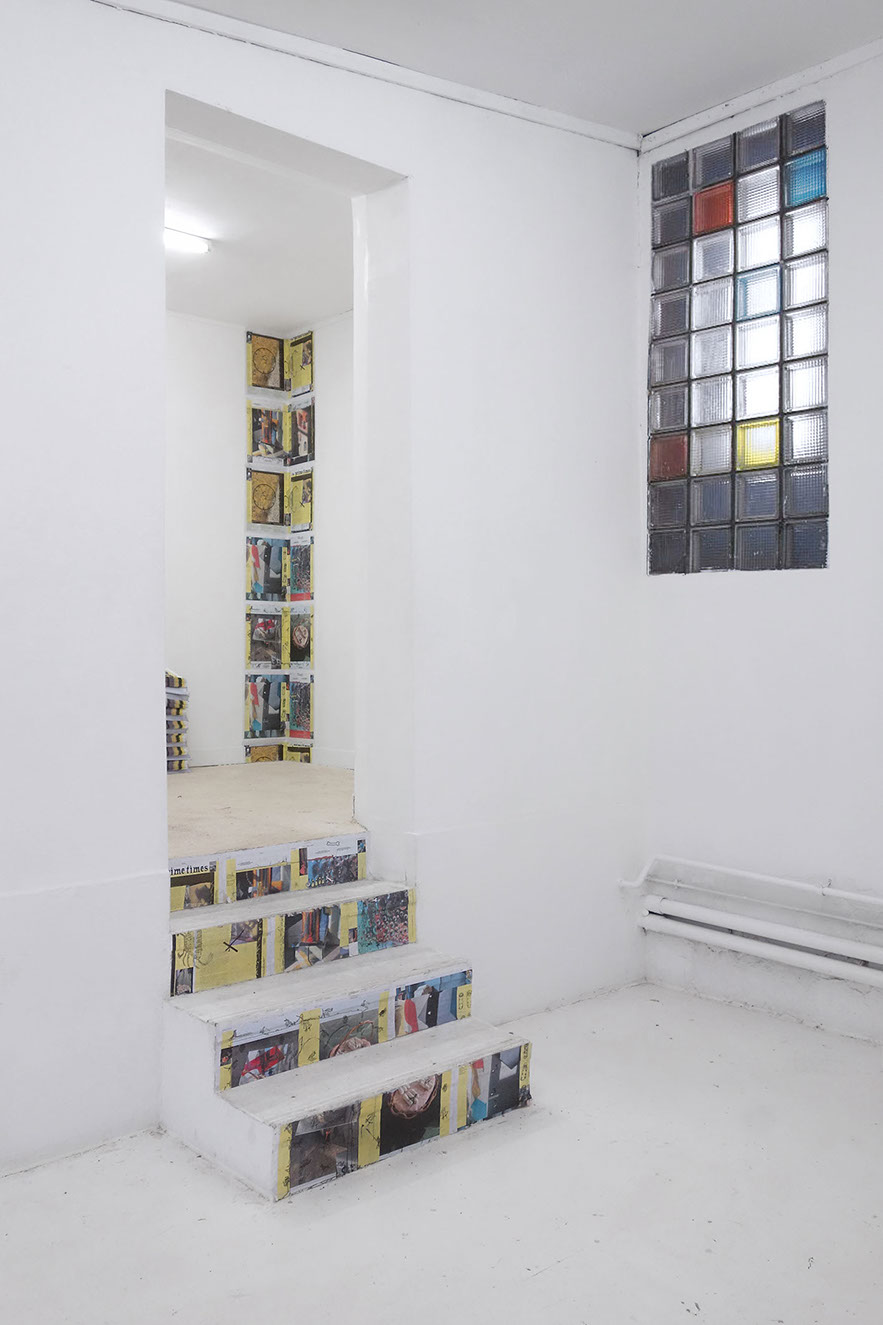
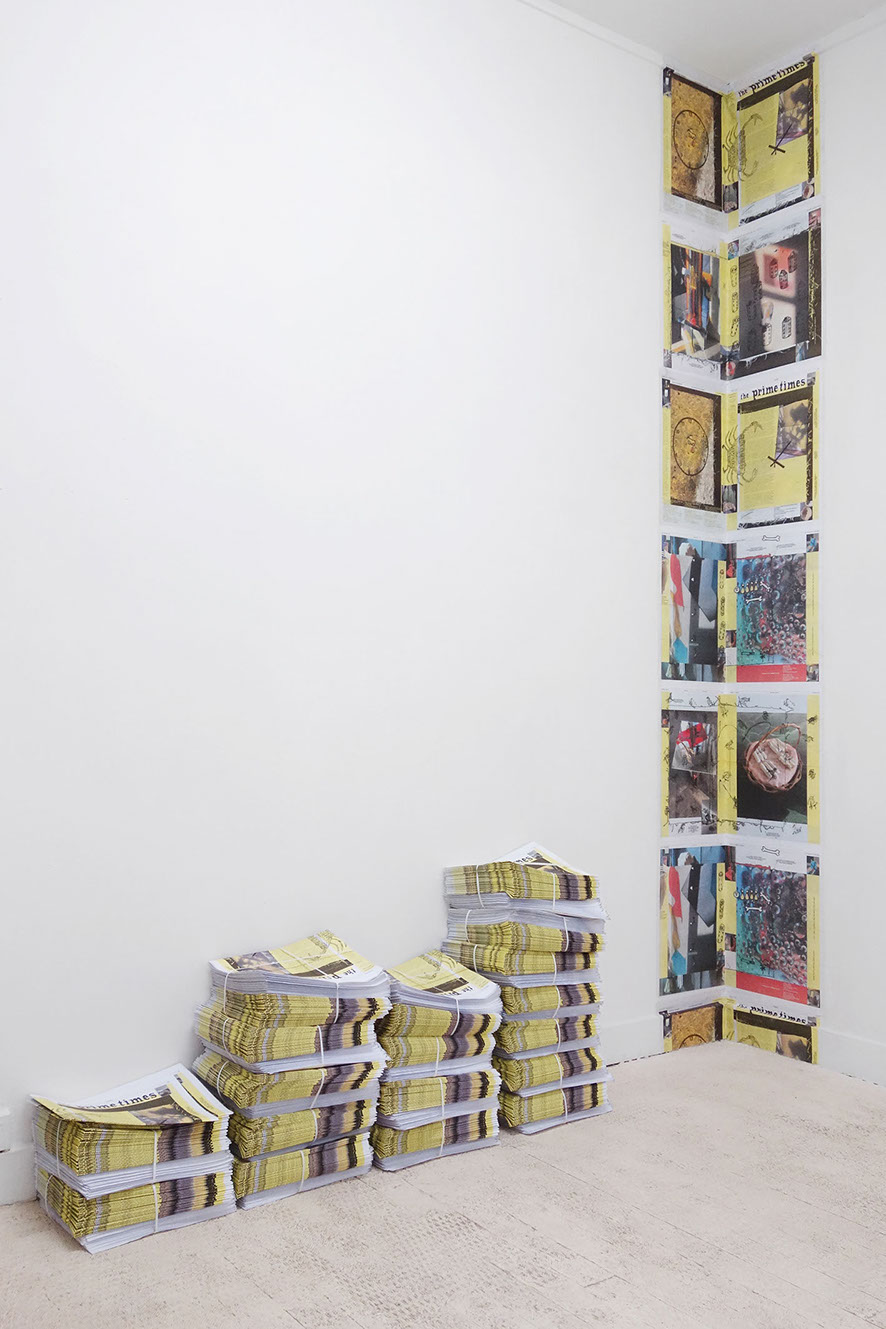
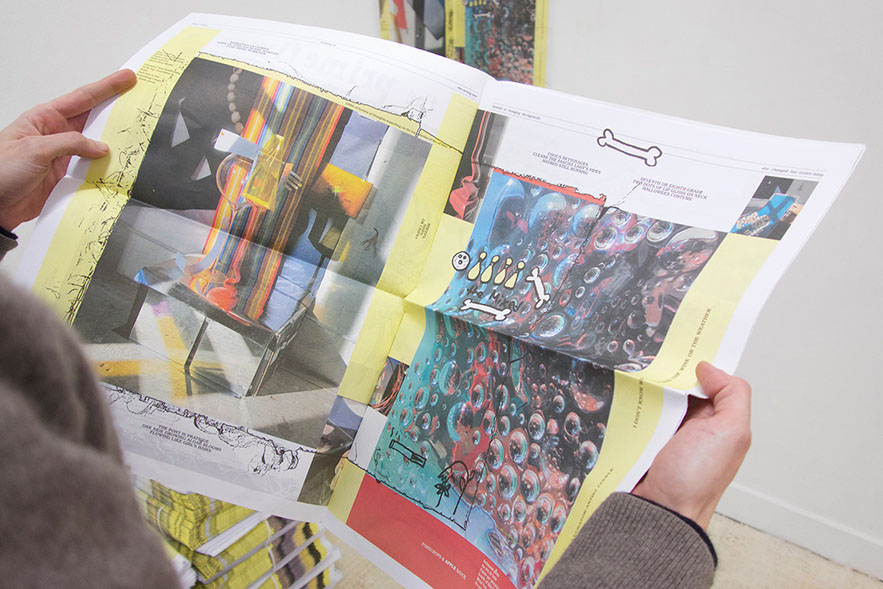
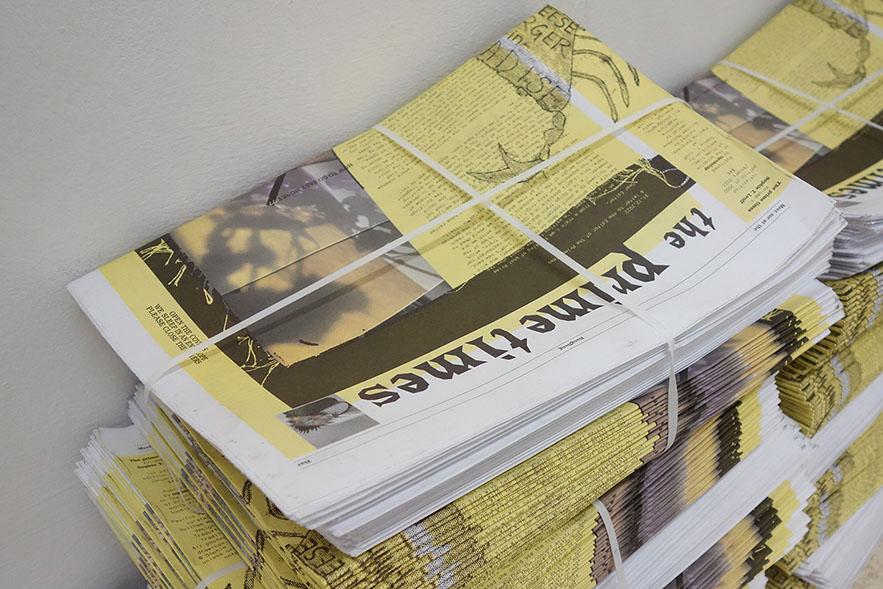
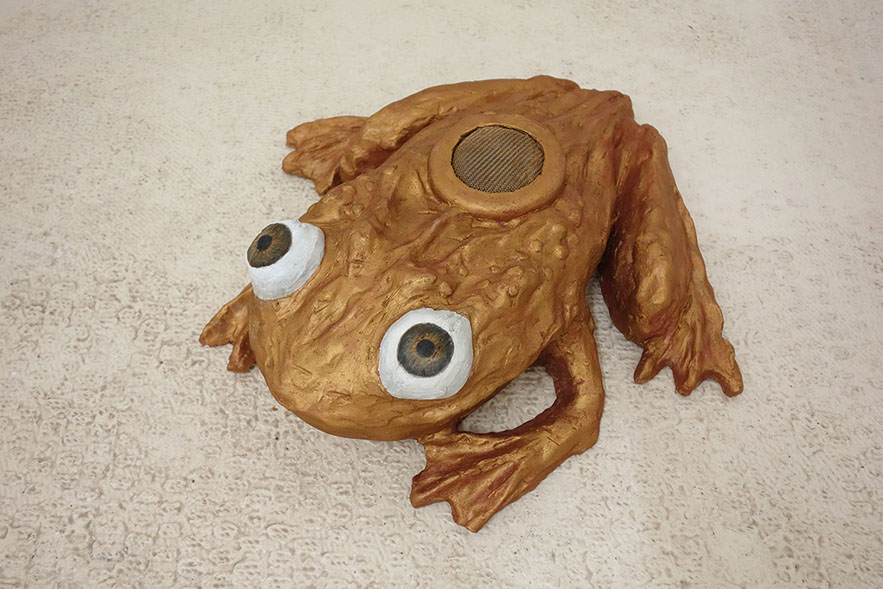
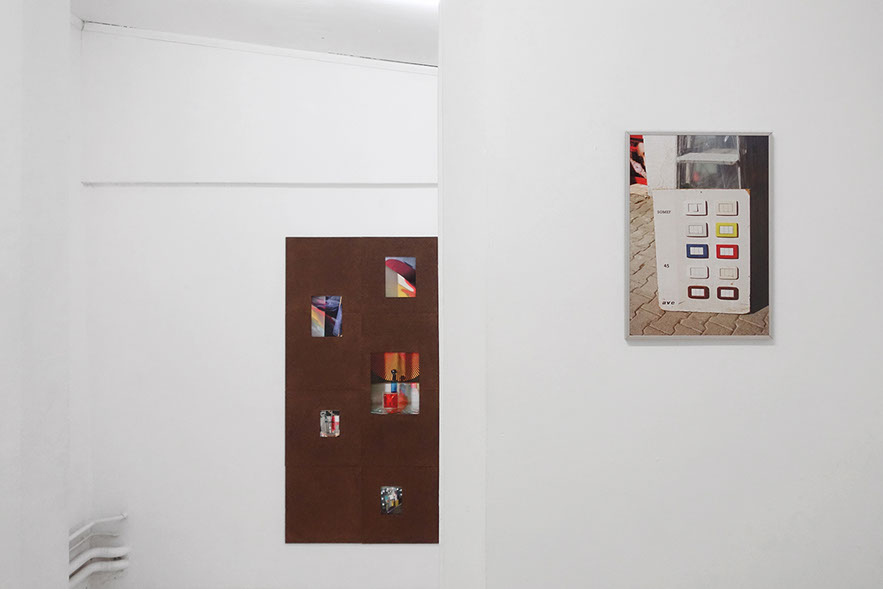
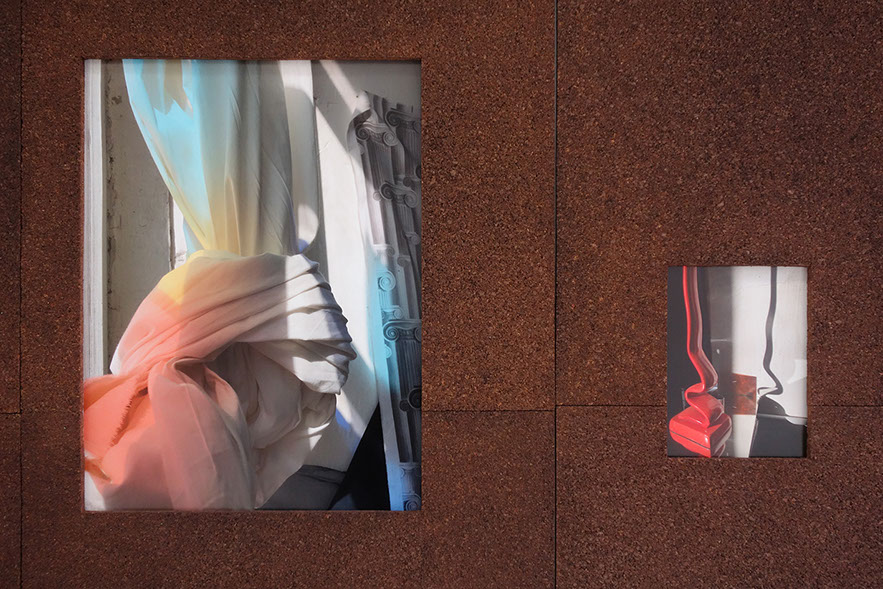
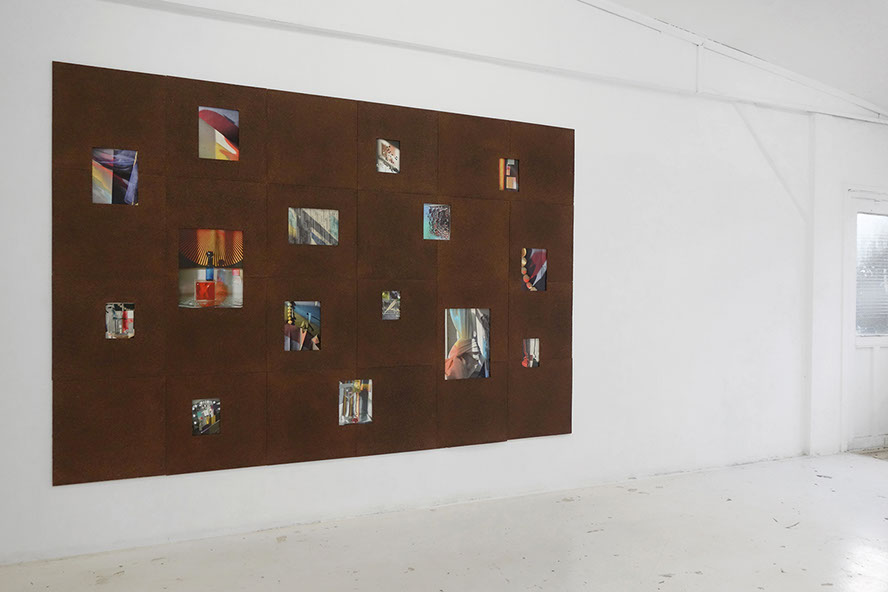

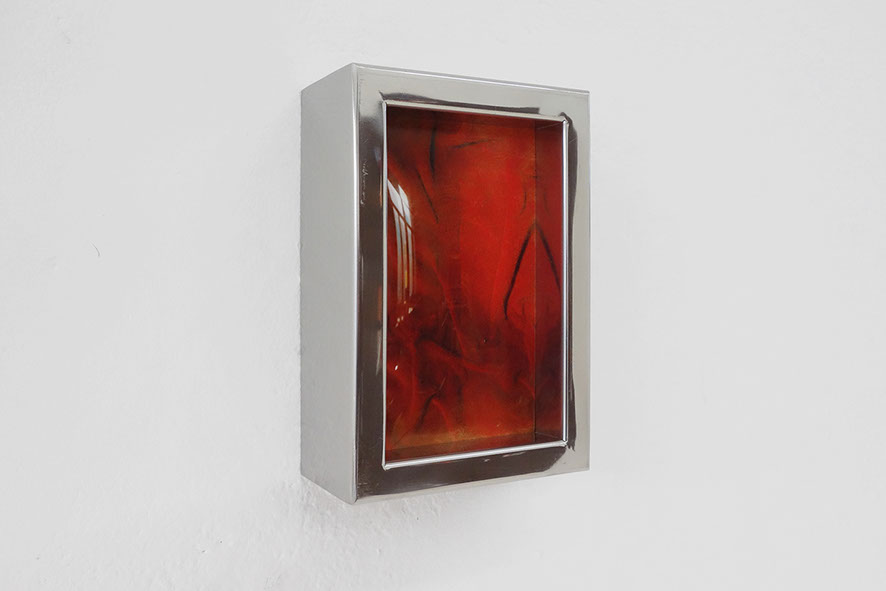
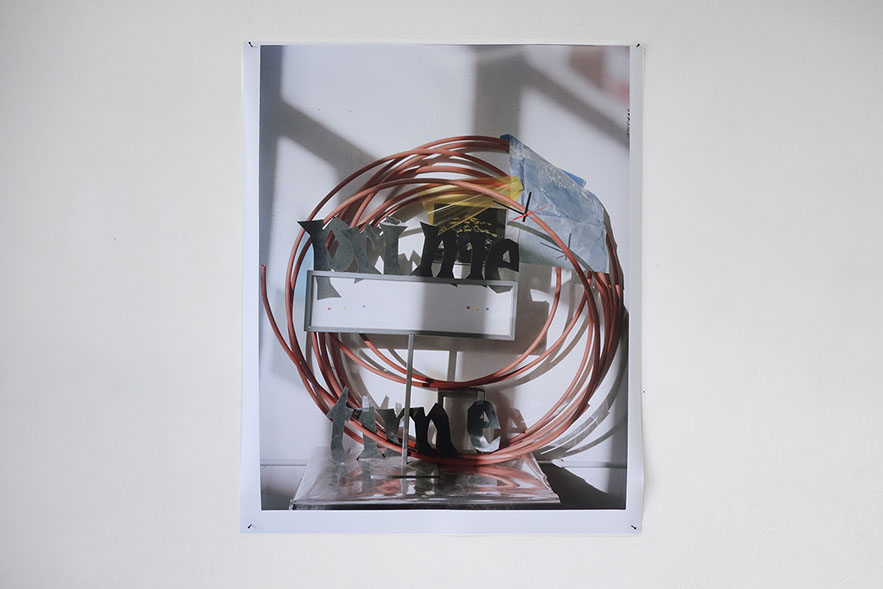
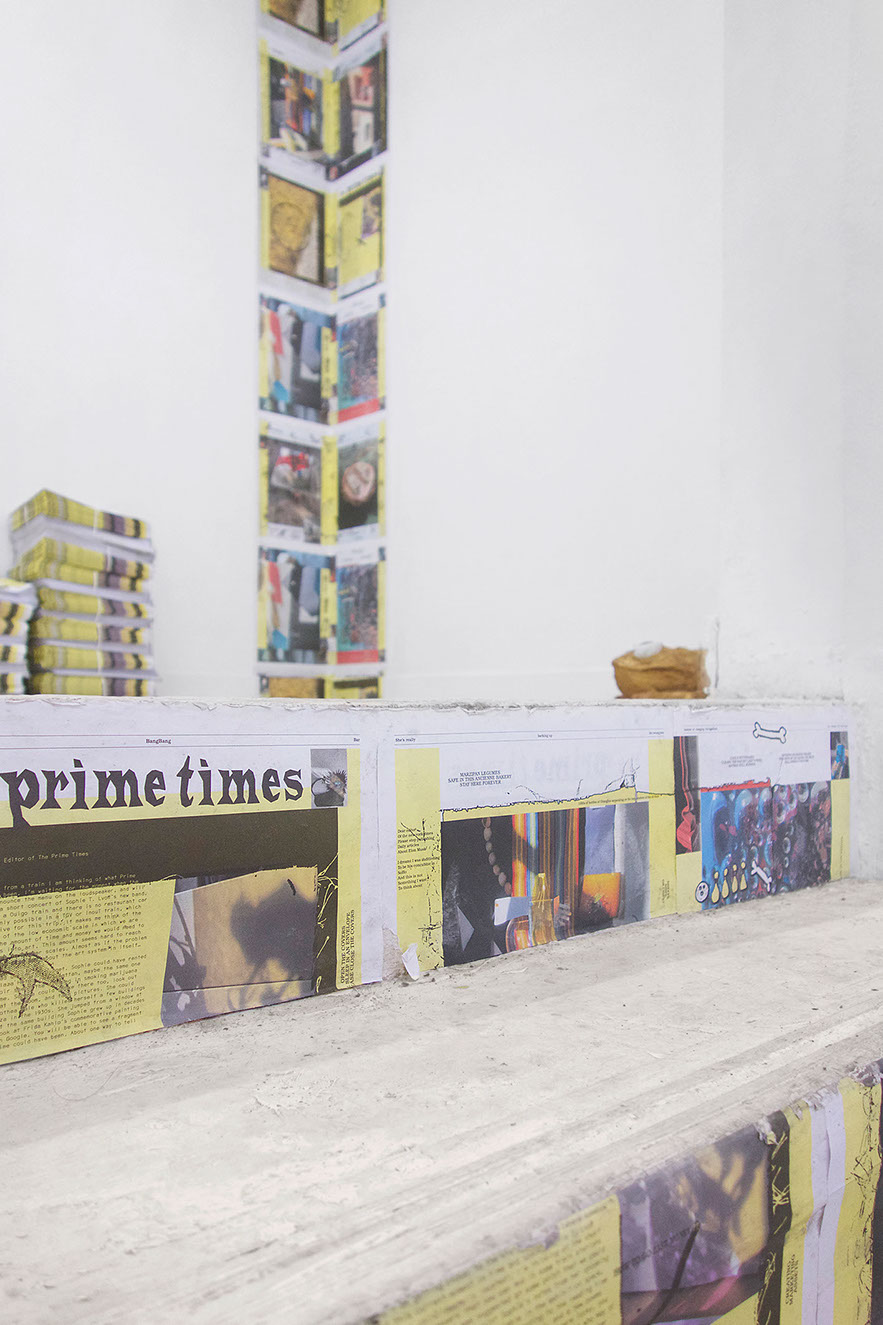
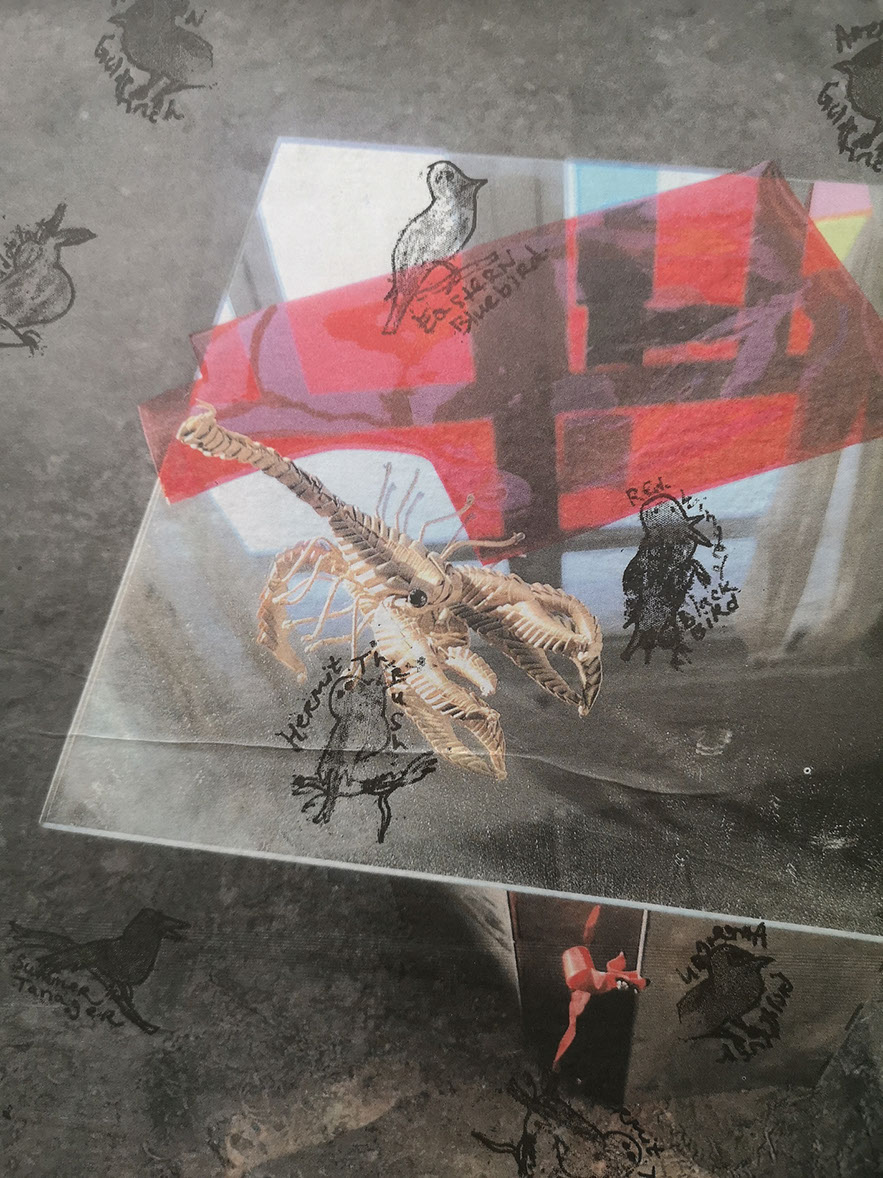
Photographies : Christel Conchon
